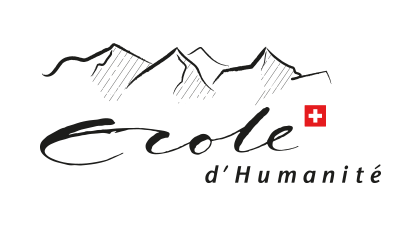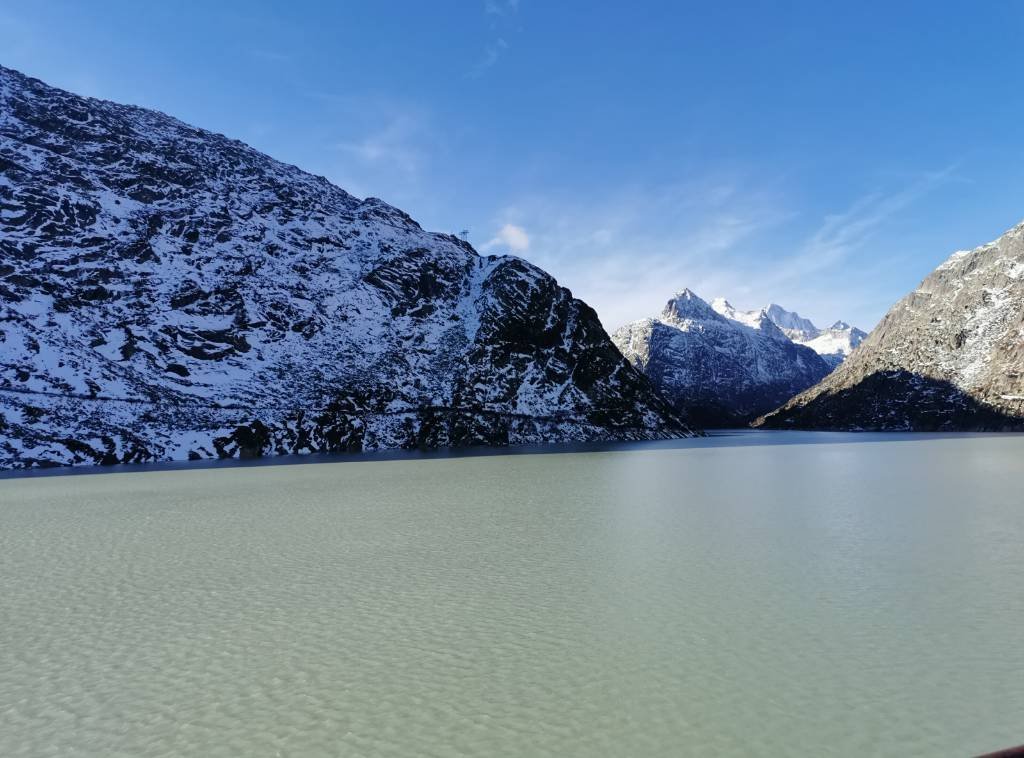A Field Trip to the Grimsel Dam
Johannes and his physics class took a trip to the Grimsel Dam to see the principles of physics in action!
Johannes Ernst teaches physics in our Swiss System and is a passionate educator and dedicated practitioner of progressive education. In his class The Physics of Dams, Johannes and his students are using the theme of dams as a starting point from which to explore basic principles of physics. Working with models, perspective drawings and lots of engaging classroom discussions, Johannes and his class are learning about some important fundamental ideas such as force, pressure, acceleration, curves and kinetic energy.
Johannes and his class began their investigation into dams by learning about dams made with natural materials, and now they’re taking on more complex structures.
The class prepared for their visit to the dam site by coming up with questions about dams and the physics behind them. The students were particularly interested in understanding how the Grimsel engineers solved problems that commonly appeared in our own classroom models of dams. The students wanted to know how to “fix” the dam to the surrounding rock wall, what shapes were most efficient for holding back water, and how hydroelectricity can be stored.
The new Grimsel Dam project is the perfect vantage point from which to explore these questions.
What’s the best shape for a dam?
At the Grimsel site, there are two dams, an older dam and the new one replacing it. This proved to be an excellent real life example with which to answer the students’ questions. The students discovered how the shape of the new dam, which follows a two-dimensional curve, is a more effective design - the curve adds strength and uses less building material.
How does the dam “fix” to the rock walls?
Johannes’ students wanted to know how to affix the dam structure to the surrounding walls. Do they use steel rebar? Cement? Or Physics…
The students learned that the force of the water pushing against the dams’s curve causes the dam to recess approximately 3 cm, which then causes the dam wall to “grab” onto the rock wall next to which it is built. The opposing forces create stability. Physics for the win!
Can hydroelectricity be stored for use later? Do we need to build giant batteries?
Johannes’ students were also interested in knowing how energy generated by the dam can be stored. This is a notable problem in the field of renewables - energy can not be generated at will, but is dependent on the natural forces, such as sungligh, wind, or even water power. These forces are not equally available at all times of the year.
Johannes’ class learned how the Grimsel Dam project uses solar power to move water between reservoirs, allowing it to be stored in summer months when the sun shines and electricity demands are lower. The reservoirs act as “batteries”, holding water which will be released into the lower reservoir in winter, creating electricity that brings light and heat into our homes.
What’s next?
As they explored questions of renewable energy, they began to wonder about nuclear power. This set the class off onto a new intellectual exploration. They’ll be investigating the energy needs of Switzerland, the power of the sun, wind, and water, and figuring out if our houses can be warmed from these sources alone.
By employing an engaging theme, bringing real world experiences to his classroom, and allowing students questions to guide their learning, Johannes is creating the conditions for learning. His students are motivated, engaged and curious to know more!
And before you go… check out our Instagram Page for an explanation of this dam project! You’ll find it under our highlight bubble “Learning”.



